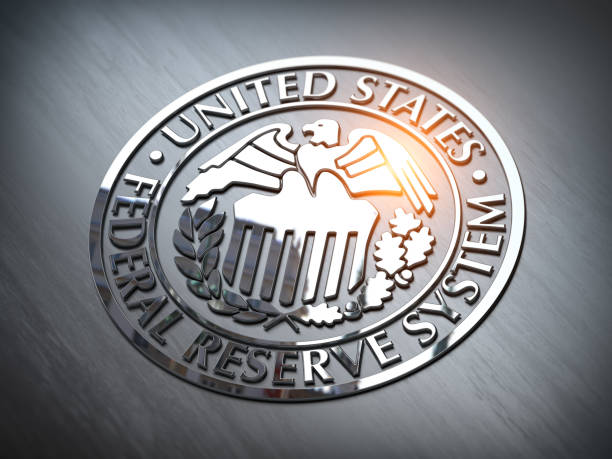RPT-COLUMN-Fed's dilemma between AI and housing: Mike Dolan

By Mike Dolan
LONDON, Aug 20 (Reuters) - Tension between the Federal Reserve's jobs and inflation mandates may be less worrisome than a dilemma over whether to focus on the spluttering housing market or rocketing tech infrastructure spending.
By most metrics, the U.S. central bank is still missing its 2% inflation target, and neither market-based nor household inflation expectations express much confidence that it will meet it any time soon. And that's before factoring tariff rises.
The debate about the labor market, meanwhile, is clouded by the modest layoffs and new jobless claims as well as the still low jobless rate, which likely reflects halted immigration and worker shortages.
Intense political pressure aside, none of these standard checklists argue for the Fed to resume cutting interest rates with gusto - or even easing at all.
But the central bank's conundrum on what to do next may be best captured by the contrast between the artificial intelligence boom and what increasingly looks like an ailing housing market.
Easing now to support the latter would most likely supercharge the tech capex binge and kill any chance the Fed has of meeting its inflation goal. Yet keeping rates high to manage the excesses of the AI explosion could spell deeper trouble for a housing sector that accounts for well over 10% of GDP.
HOME TRUTHS
A gauge of U.S. homebuilder sentiment fell this month to its lowest level in more than two-and-a-half years, with more than a third of residential construction firms cutting prices and two-thirds offering some form of incentive to lure buyers put off by still-high mortgage rates. New housing inventory is near levels last seen in late 2007.
Even though housing starts picked up in July, total permit issuance - a guide for future activity - fell 2.8% to a five-year low.
One major problem is rooted in homeowner stasis due to the previous period of ultra-low interest rates.
While the average rate on a 30-year fixed-rate mortgage has started to fall, hitting a four-month low at 6.67% in the week ended August 8, according to the Mortgage Bankers Association, it remains more than 2.5 percentage points above the average rate of all outstanding mortgages.
With no portable mortgages from property to property, homeowners with cheap mortgages have been loath to sell and move given that they would need to obtain substantially pricier financing for any new home purchase. And this situation has helped push the median price on existing home sales above those on new home sales for the first time on record.
CROWDING OUT
This distortion forms one of the arguments for the Trump administration's push to get interest rates down urgently.
But Jason Thomas, head of global research at Carlyle, has pointed out that there is another real estate trend the Fed needs to consider: the hundreds of billions of dollars being plowed into AI-related data centers - and pledges for trillions more - as this industry's breakneck pace is set to accelerate.
Thomas reckons the massive demand for capital involved in this massive AI buildout - along with the huge demand on savings from a federal budget deficit projected at more than 6% of GDP over the next three years - means lower interest rates now could create serious risks of overheating the entire economy.
"The issue is not whether high rates are 'crowding out' interest-sensitive sectors like for-sale housing. Clearly, they are. The question for policymakers is how much crowding out is necessary to meet price stability targets," he wrote on Tuesday.
"The Fed has proven unable to hit its inflation target while high rates have depressed housing-related incomes and spending," he concluded. "What are the chances that target is hit after a series of rate cuts causes the sector to rebound?"
Of course the Fed is setting policy that typically won't have a pronounced effect for at least a year, and it may decide the economic situation will be different by then. Higher unemployment may result from a weak housing sector, a tariff-related consumer retrenchment may ensue, or perhaps AI spending could slow down.
But pre-empting those outcomes now would require a giant leap of faith rather than scientific forecasting. Inflation expectations and the long end of the bond market may pass harsh judgment on a hasty easing.
The opinions expressed here are those of the author, a columnist for Reuters
-- Enjoying this column? Check out Reuters Open Interest (ROI), your essential new source for global financial commentary. Follow ROI on LinkedIn. Plus, sign up for my weekday newsletter, Morning Bid U.S.







